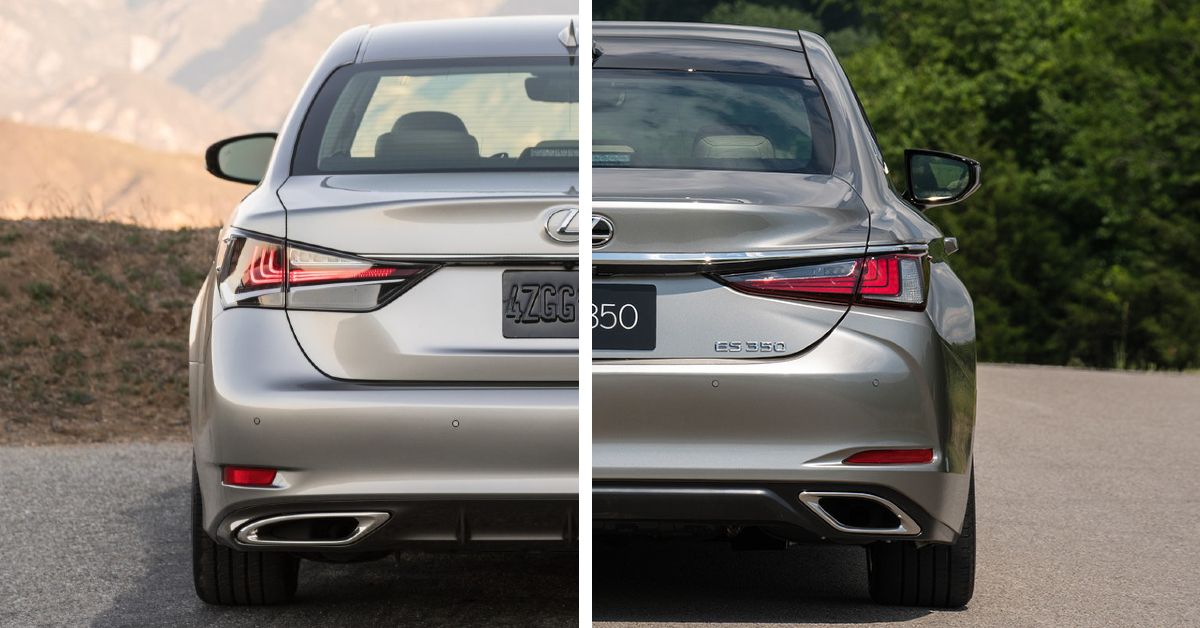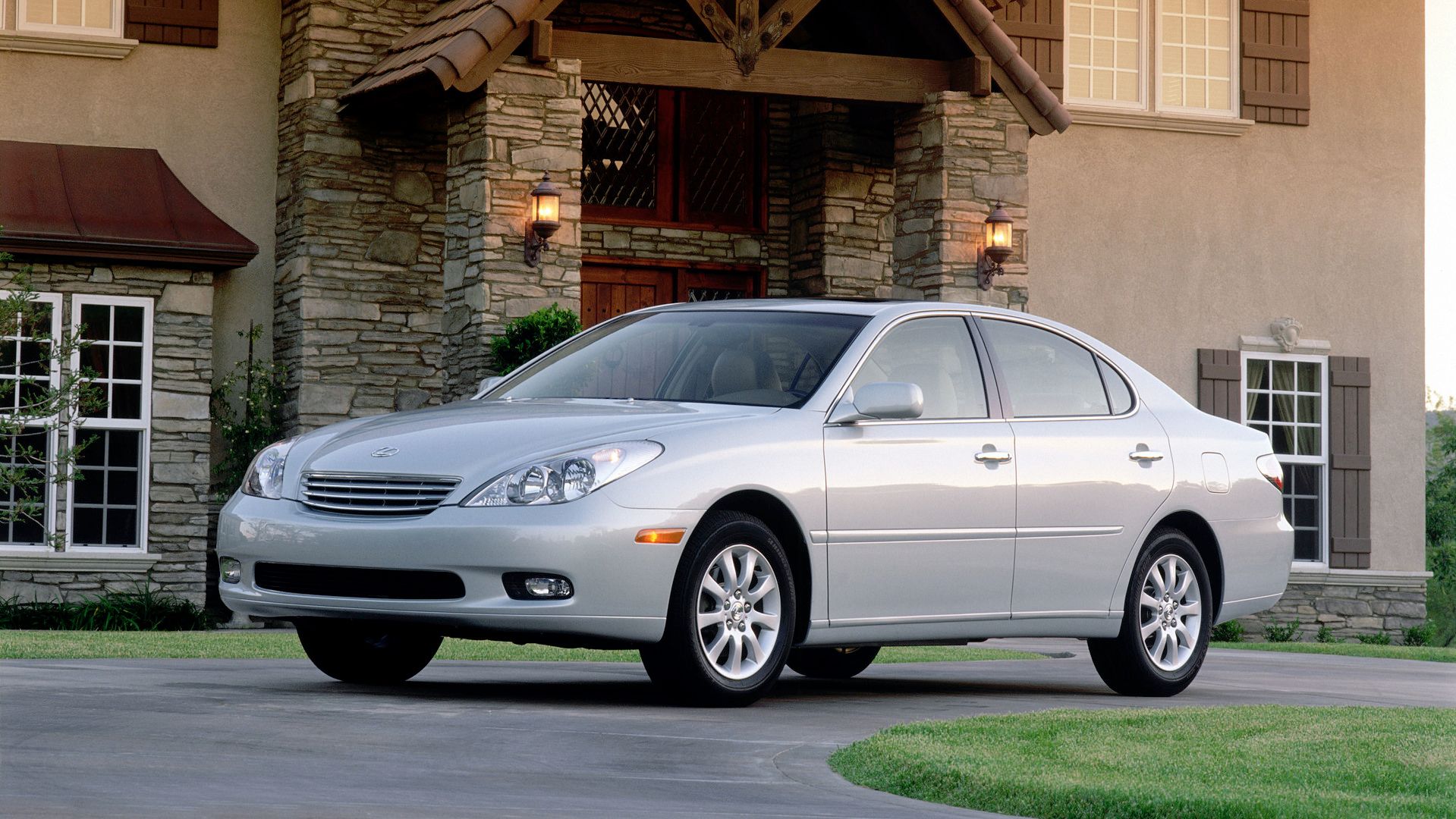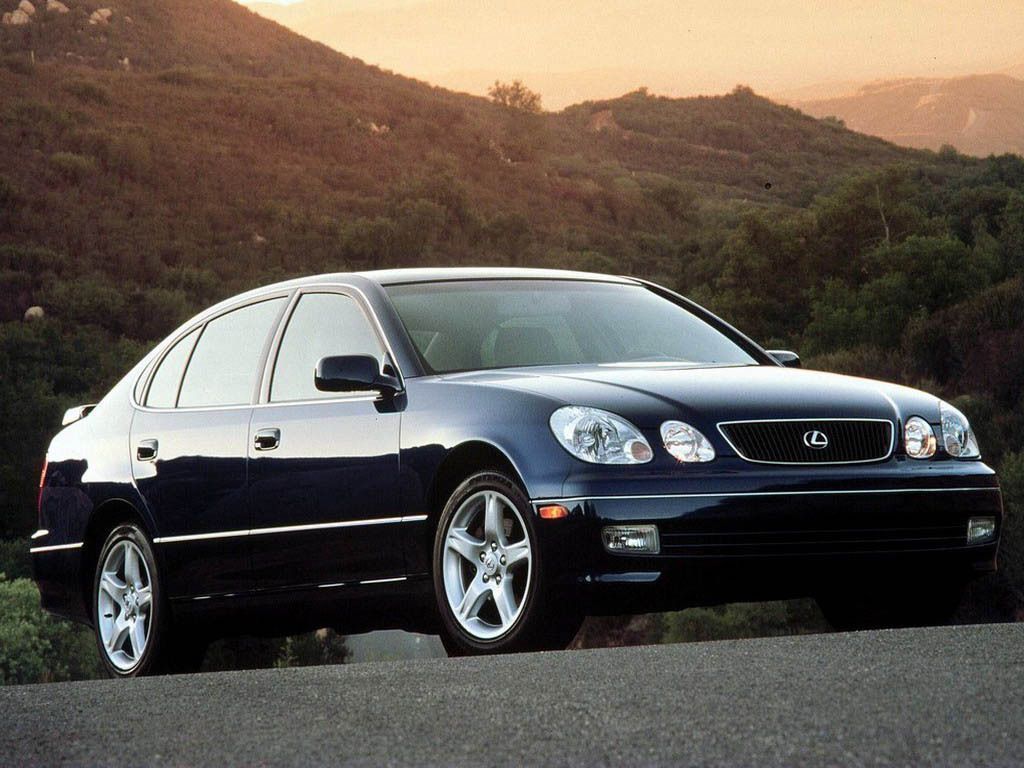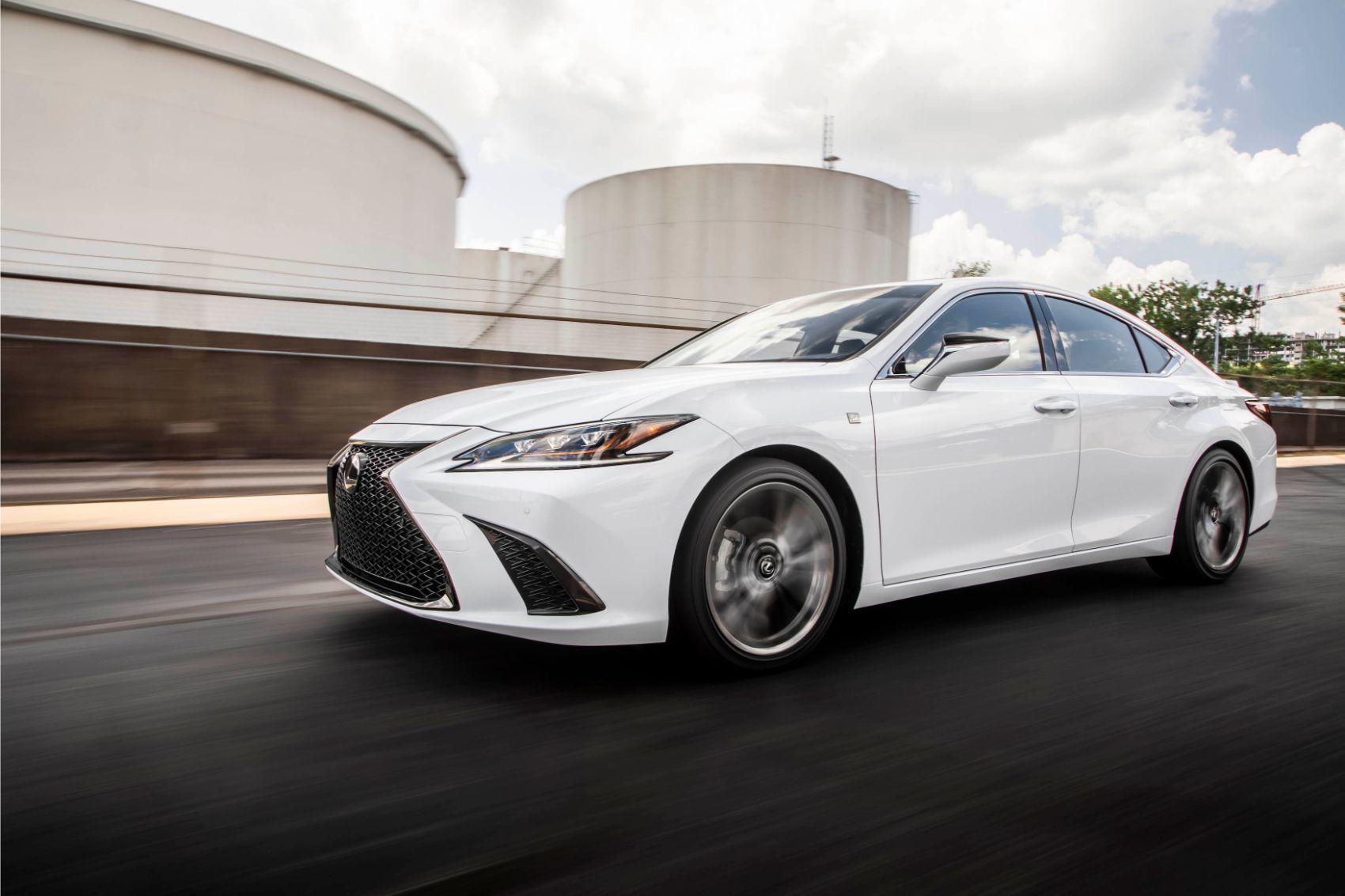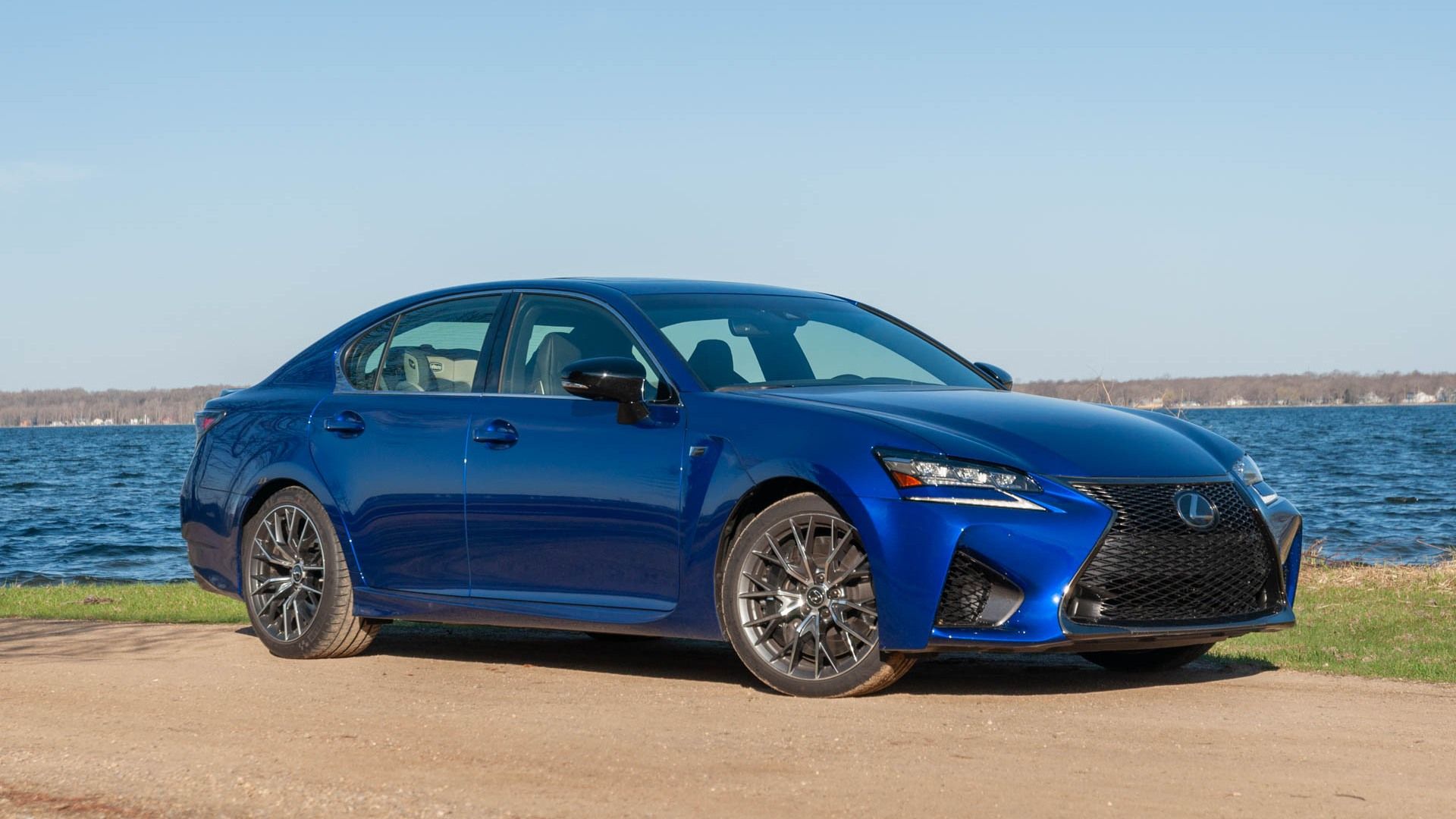We used to love sedans, but they’re slowly falling out of favor for yet more amorphous CUVs. Brands are losing their uniquely recognizable cars and our roads look all the drearier for it. But it wasn’t that long ago that the common sedan was considered the most “boring” car out there and we used to whine about those cars becoming too plain and common.
However, some brands are still holding out on the sedan market – usually because they have twice as many SUVs in their lineup to keep funding cars for people with a sense of individuality. Lexus is one such brand.
Lexus owes its whole existence to a sedan, the legendary LS 400. Since that car launched Lexus in the US in 1989, Lexus sedans have been staple products for the brand, defining its design language and its unique approach to luxury and performance. But with two of its sedans both competing in the mid-size class, Lexus’ lineup looks a little confusing and redundant.
However, the ES and GS models in question couldn’t be more different. Both are bigger than the entry-level IS but smaller and cheaper than the full-size flagship LS. And that is just about where the similarities end. The ES is a soft, comfortable FWD car based on the Toyota Camry and the GS is a rear-drive proto-sports sedan that’s seeing a renaissance as a platform for drifting. Unfortunately, that’s the one that Lexus will be killing off at the end of 2020, but before it goes, we should give it the attention it deserves.
We also shouldn't discount the ES. It may not have the sporting pretensions of the GS, but not everyone needs a RWD chassis nor controllable oversteer from their cars and the ES serves its intended purpose excellently, better than a lot of premium FWD cars.
Let’s compare the pros and cons of the Lexus ES and GS sedans and make some sense of the surprisingly huge differences between the two.
The Family Tree
Both the ES and GS models have been around for quite some time now. The ES beat the GS to market by about two years, launching alongside the LS400 in 1989, ahead of the GS in 1991, but most of those original models have all but disappeared by now. The earliest ES that should be more recognizable is the second generation, the XV10, which launched in 1991. It was available with a manual transmission, but those are exceptionally rare.
Perhaps the most common ES design is the fourth-generation XV30 pictured above. It looks the closest to the Camry on which all ES' are based, and to drive it was a similar experience as the "lesser" Toyota. It used the same 3.0l 1MZ-FE V6, a staunchly reliable but soulless powerplant. It was a good car but a sports sedan it wasn't.
On the other hand, the GS comes from a long line of sedans with sporting intentions, most prominently in its second-generation (JZS160) form pictured above. This model has become known for two things: it's headlights that look like a character out of Lilo and Stitch and the availability of either a 1UZ-FE 4.0l V8 or a 2JZ-GE, a non-turbo version of the iconic 3.0l inline-6 engine. It's a comfortable rear-wheel drive sedan with potential for big power (or big mileage) with either engine and its design continues to age gracefully.
The GS' shape got bigger and bulkier with subsequent models, culminating in the fourth and final generation, designated L10, which will wrap up production at the end of 2020.
What Is The Difference Between The Lexus ES And GS
The current XZ10 Lexus ES, which first launched in 2018, is a massive step forward for the ES line. It looks sleek and taut, a restrained and dynamic design that gives it a more outwardly aggressive impression that the driving experience can't quite match. The ES isn't as sleepy of a vehicle as it used to be, Toyota's new TNGA architecture tightens up the handling quite nicely, but it won't be threatening C63s or twin-turbo Kia Stingers.
It can still be had with a naturally-aspirated 3.5l 300 horsepower V6 or a four-cylinder hybrid setup similar to other Toyota and Lexus products. Despite the complexity, Toyota hybrid systems have proven themselves reliable, so there shouldn't be any major concerns with either powertrain.
Don't let the "F-Sport" branding fool you though, the ES still isn't a sports sedan. It's a far more elegant and respectable-looking car though and sets the bar high for premium FWD vehicles. It can't hang with performance cars but that was never Lexus' intention for it.
The GS is a very different prospect. It kept the traditional RWD layout and it had more potent engine options. There were some hybrids and mid-range V6s for the GS350 F-Sport models, but the one for enthusiasts has to be the GS F. This was the closest thing the original IS F ever got for a successor after the RC F failed to meet the standards it had set.
Unlike the RC F, the GS F wasn't built on a collection of parts from other vehicles, and instead had its own chassis and its own unique suspension and driveline components designed to get the most out of the delicious 2UR-GSE 5.0l naturally-aspirated V8 with 467 horsepower – a class-exclusive engine configuration. Pardon the play on words, but this engine is a huge gulp of fresh air in a world of muted turbocharged units. In fact, this car impressed journalists so much that Road & Track called it a future classic before it even went out of production.
The 5.0l engine makes a magnificent noise, and it promises to be far less painful to own and maintain than a more complex German or Korean unit. Reliability is boring, but if you're making a long-term commitment to a vehicle you should know what you're getting into.
Value: New Or Used, Which One Should You Buy?
It goes without saying that a used Lexus is one of the safest automotive decisions you can make. We know how well-made their vehicles are and, generally, know what to expect from them as they age.
It's tough to really recommend one over the other since they're aimed at different people and different goals. One is a comfortable luxury car that's easy to drive and live with, the other is also comfortable and luxurious, but it's more aggressive and far more capable when pushed – not to mention it offers V8 performance at any price point.
If money were no object, the obvious one to recommend would be a low-mileage second-hand GS F, but if you need a brand new vehicle the ES is your only option – in which case, the ES 350 F Sport has the most power, features, and the best looks of its lineup.
But the old GS is now becoming a cult classic car, a new darling platform for the drift community given its fairly wide availability and its ability to make big, reliable power. JZS160 GS300 and GS400 models are starting to become desirable, and values for good ones could start to rise as a result. The coolest one to find would be an imported JDM Toyota Aristo V300, which was essentially a Toyota-badged GS300 with a twin-turbo 2JZ and a limited-slip differential.
Despite both being mid-size luxury sedans, the Lexus ES and GS couldn’t be more different. More options to satisfy more customers is always a positive, which is why it’s such a shame to lose the GS in 2020. Performance sedans aren’t huge money-makers nowadays, but thankfully a Lexus is just as good a buy used as it is new, and either one should give you a rewarding ownership experience.

